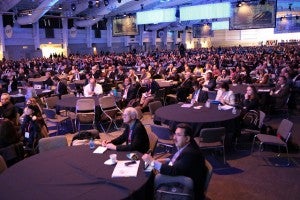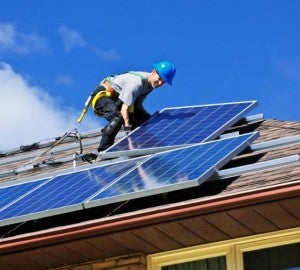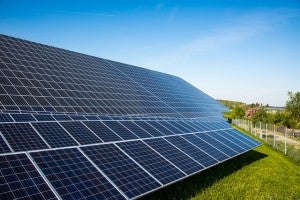 Each month, the Energy Exchange rounds up a list of top clean energy conferences around the country. Our list includes conferences at which experts from the EDF Clean Energy Program will be speaking, plus additional events that we think our readers may benefit from marking on their calendars.
Each month, the Energy Exchange rounds up a list of top clean energy conferences around the country. Our list includes conferences at which experts from the EDF Clean Energy Program will be speaking, plus additional events that we think our readers may benefit from marking on their calendars.
Top clean energy conferences featuring EDF experts in November:
Nov 3-4: Smart Cities Conference, San Diego, CA
Speaker: Kate Zerrenner; Project Manager
- Featuring presentations from innovative utilities, advanced solution providers, and insights from leading experts, Smart Cities attendees will walk away with a roadmap to shape the convergence of energy infrastructure and public services. The conference will also focus on maximizing utility plans, people, and processes to evaluate the performance of grid investments and evolving revenue streams. Read More














